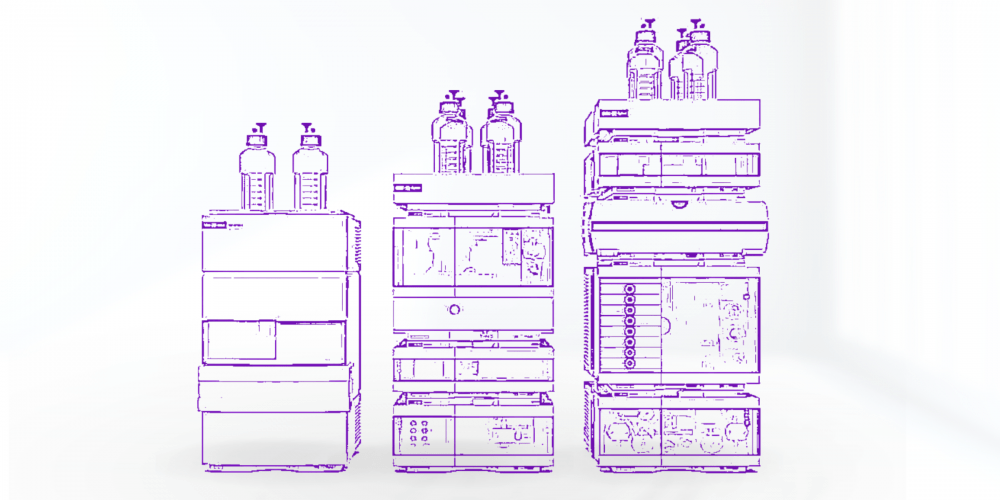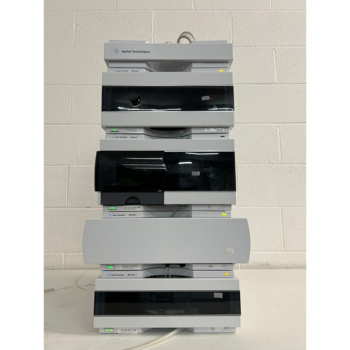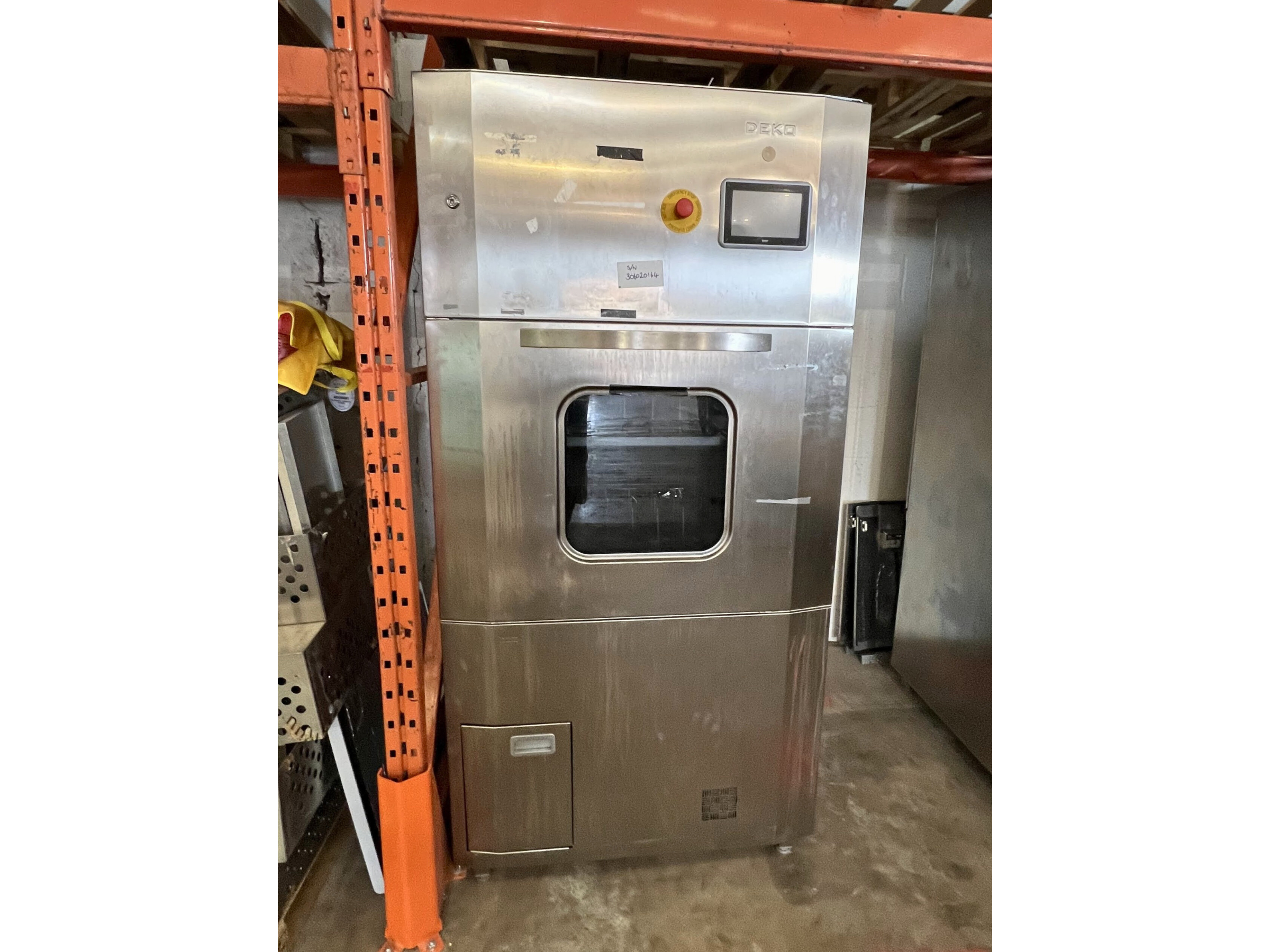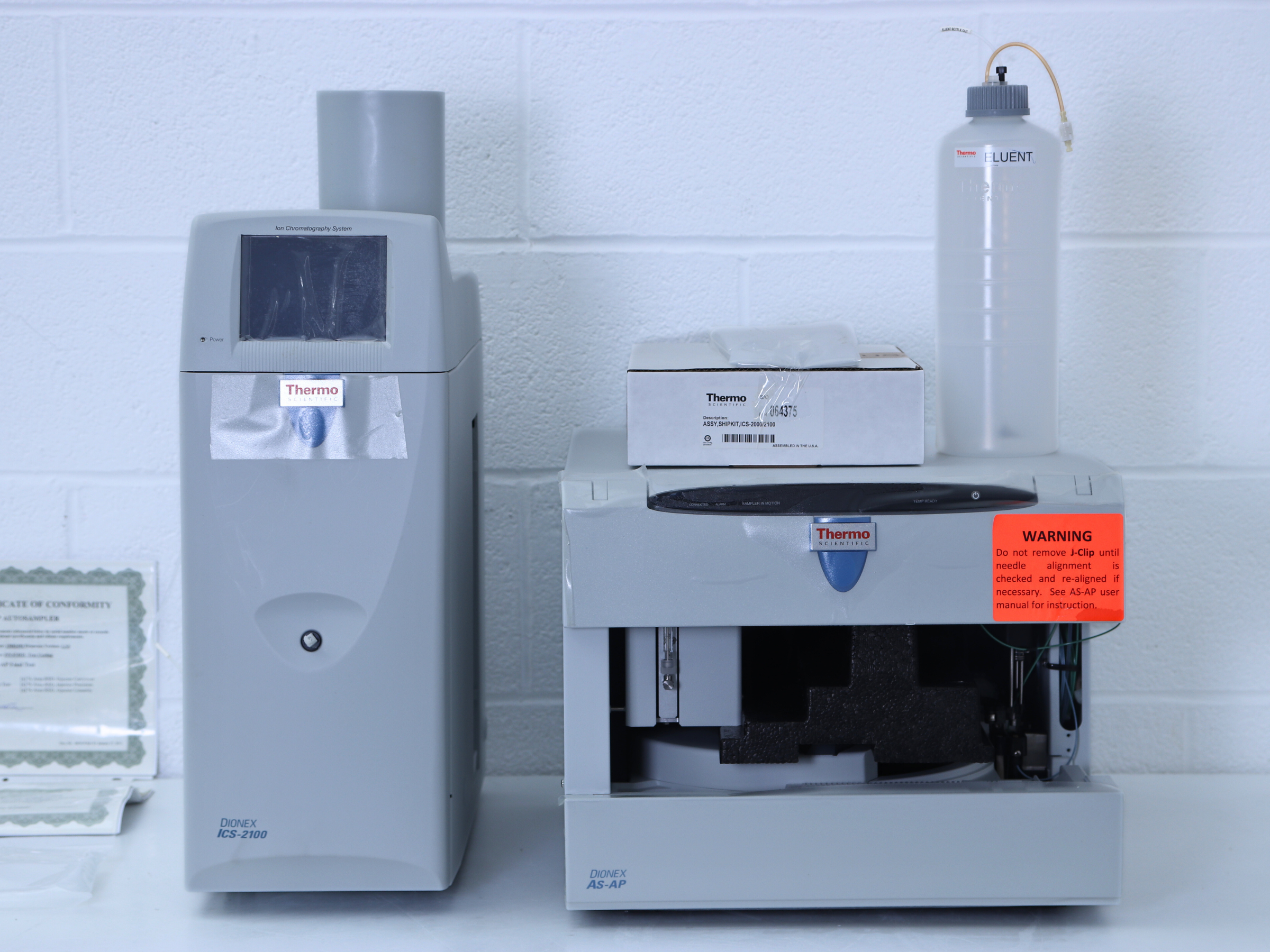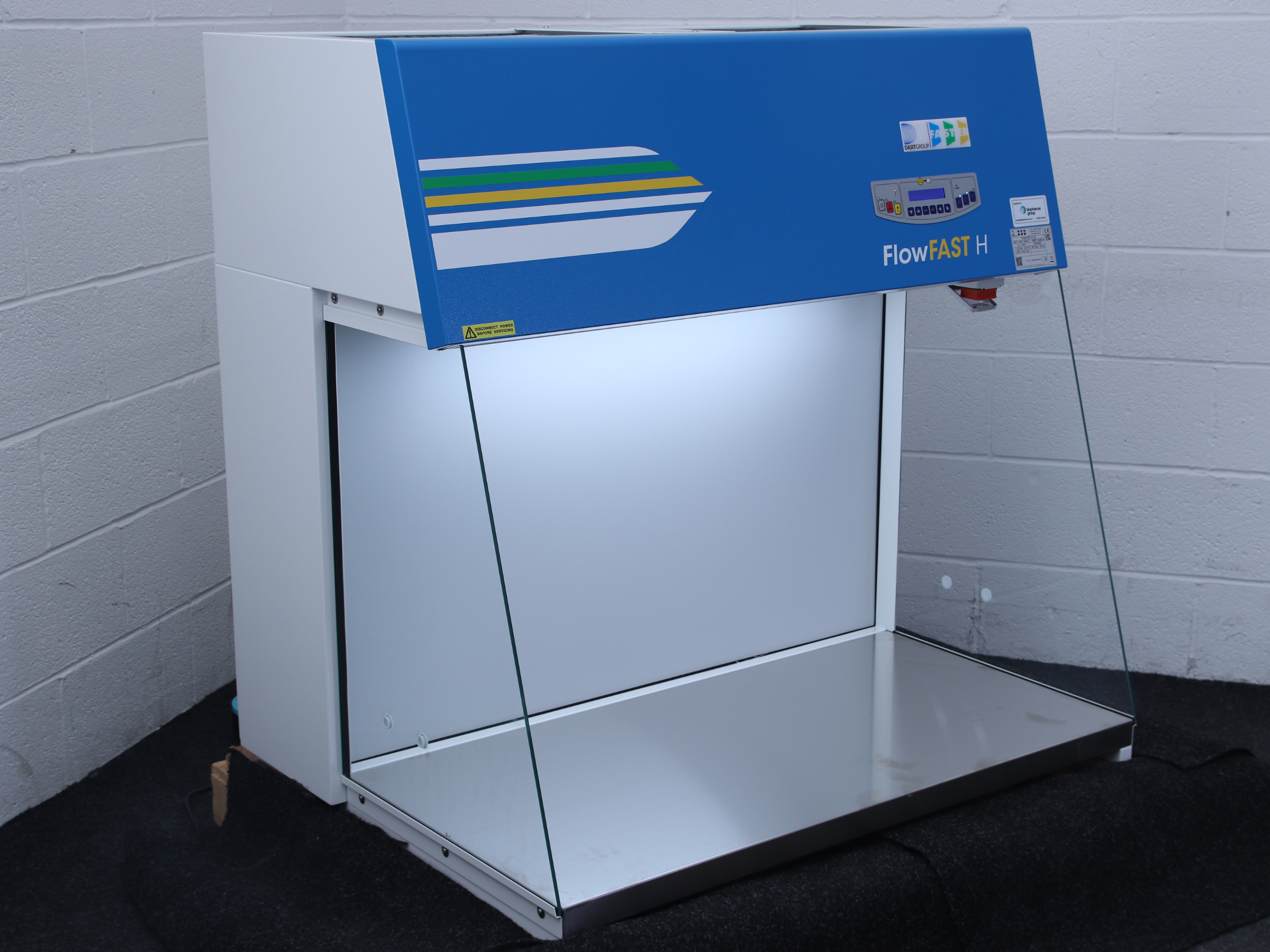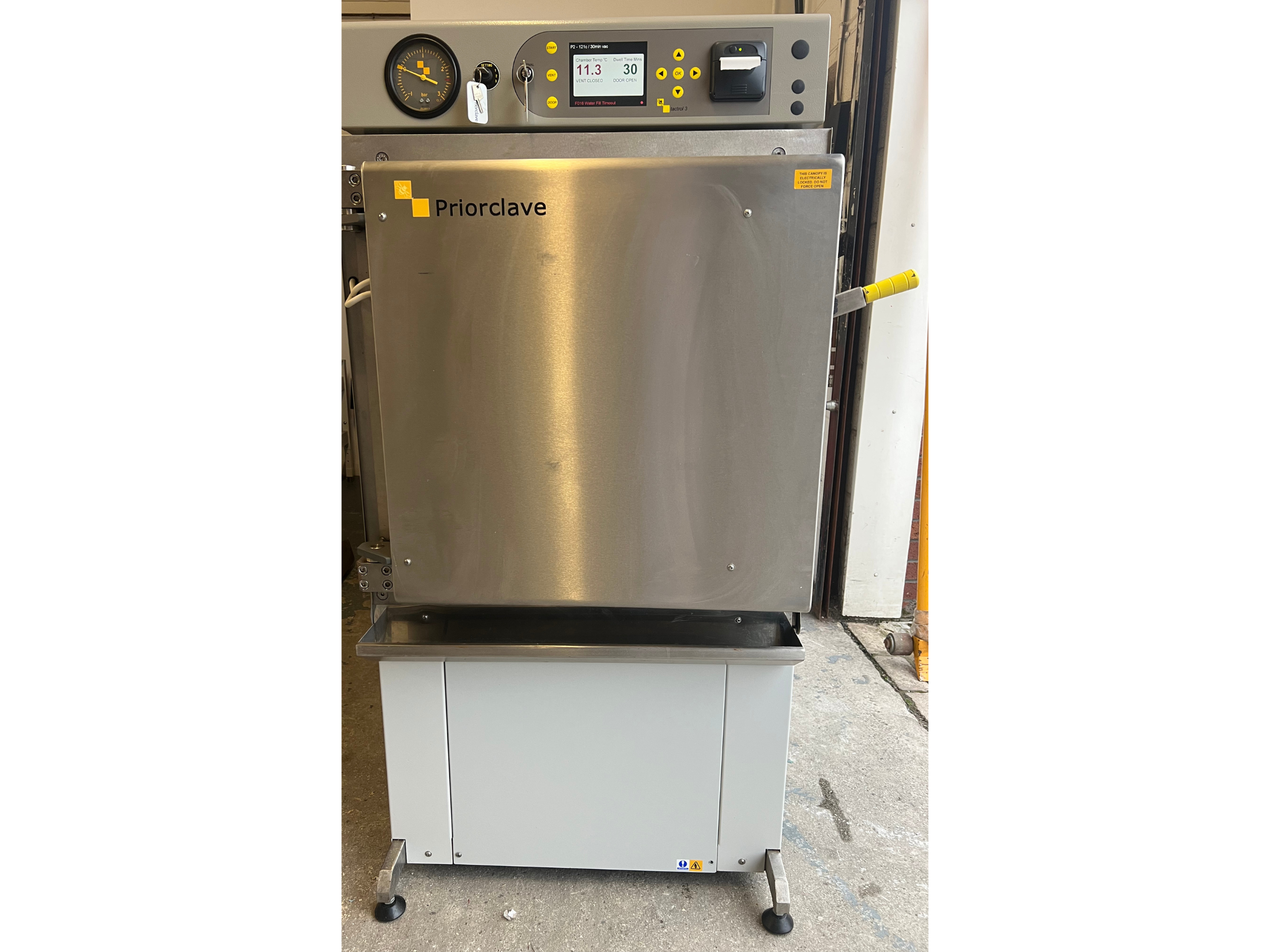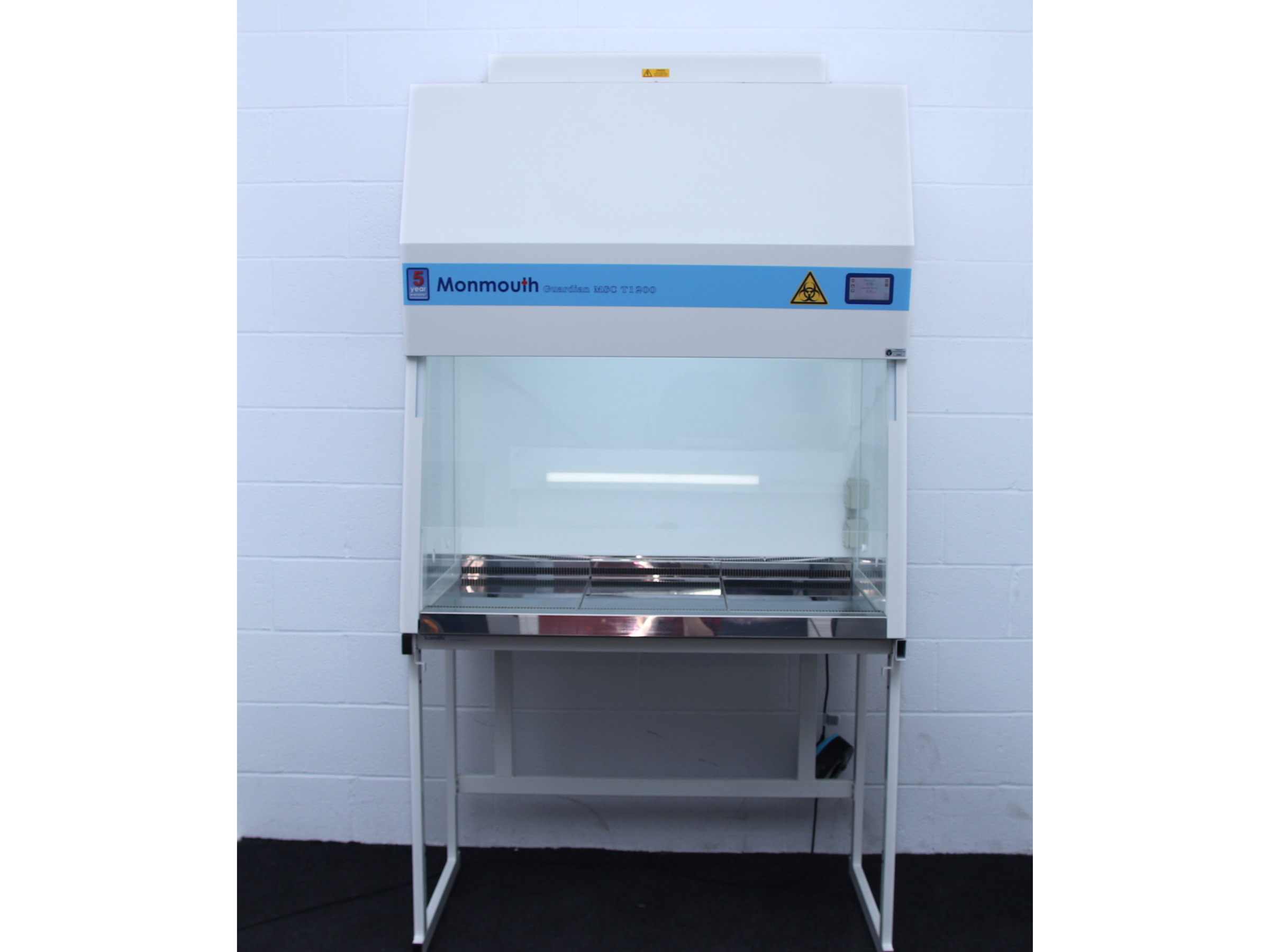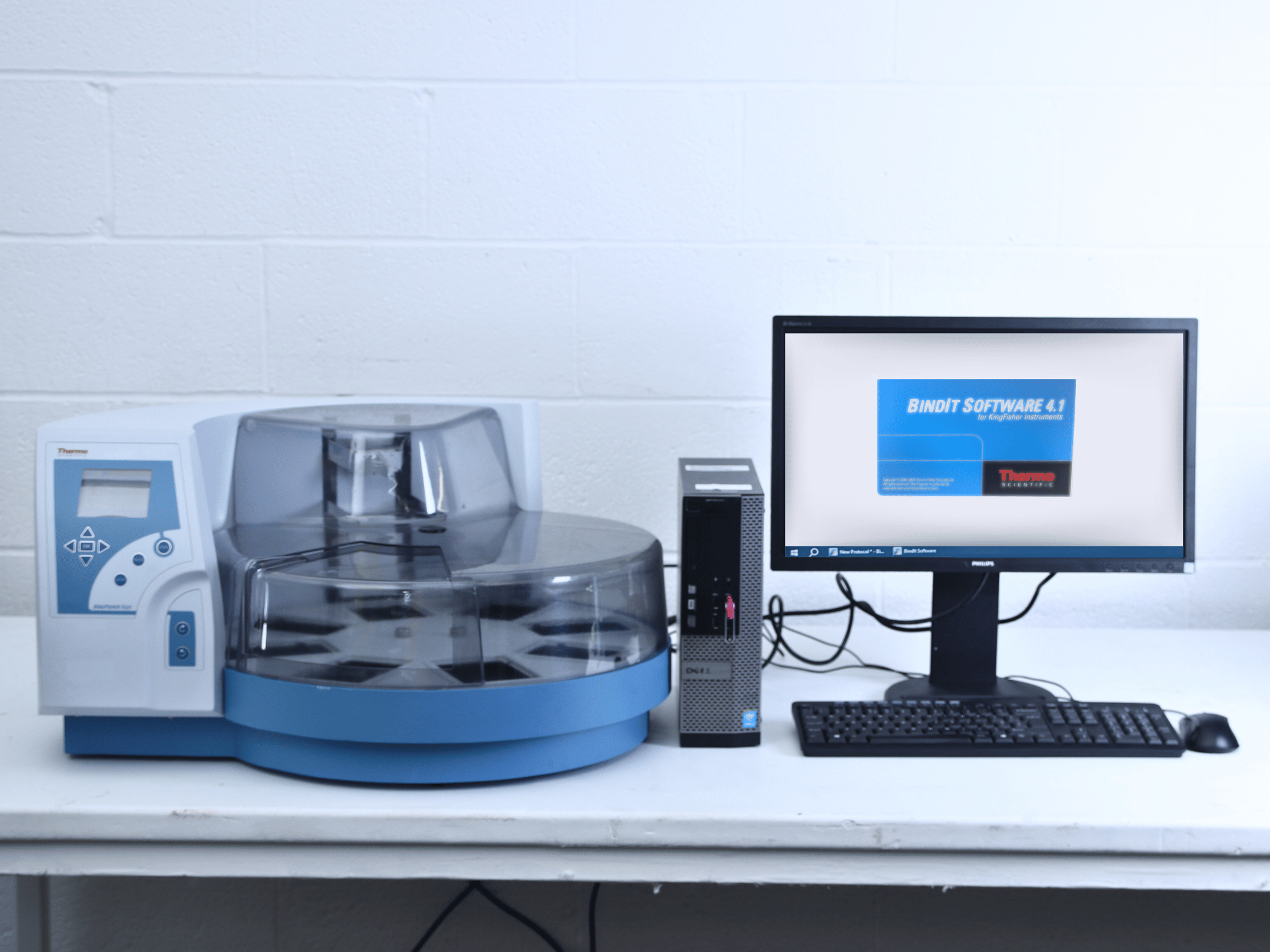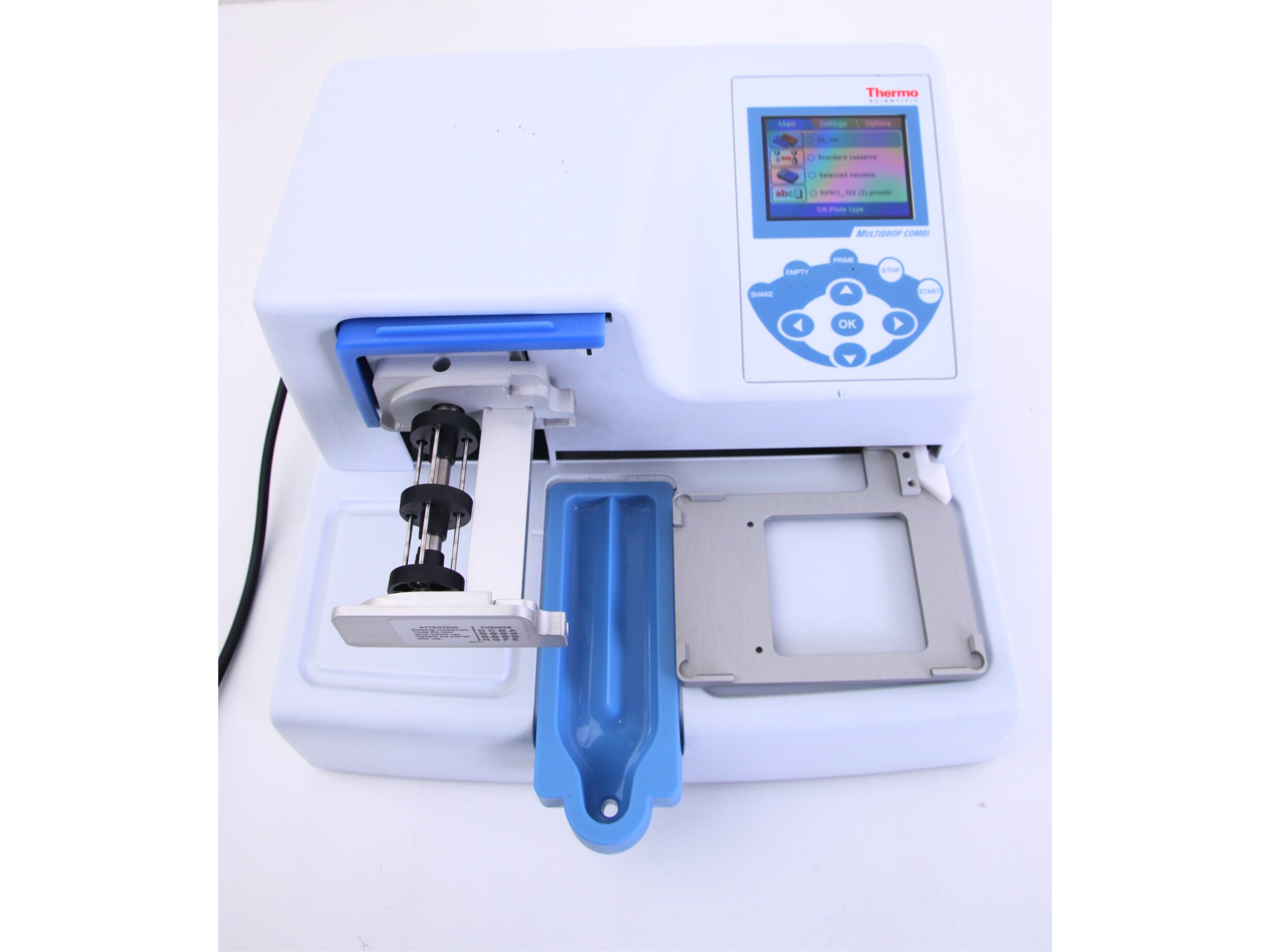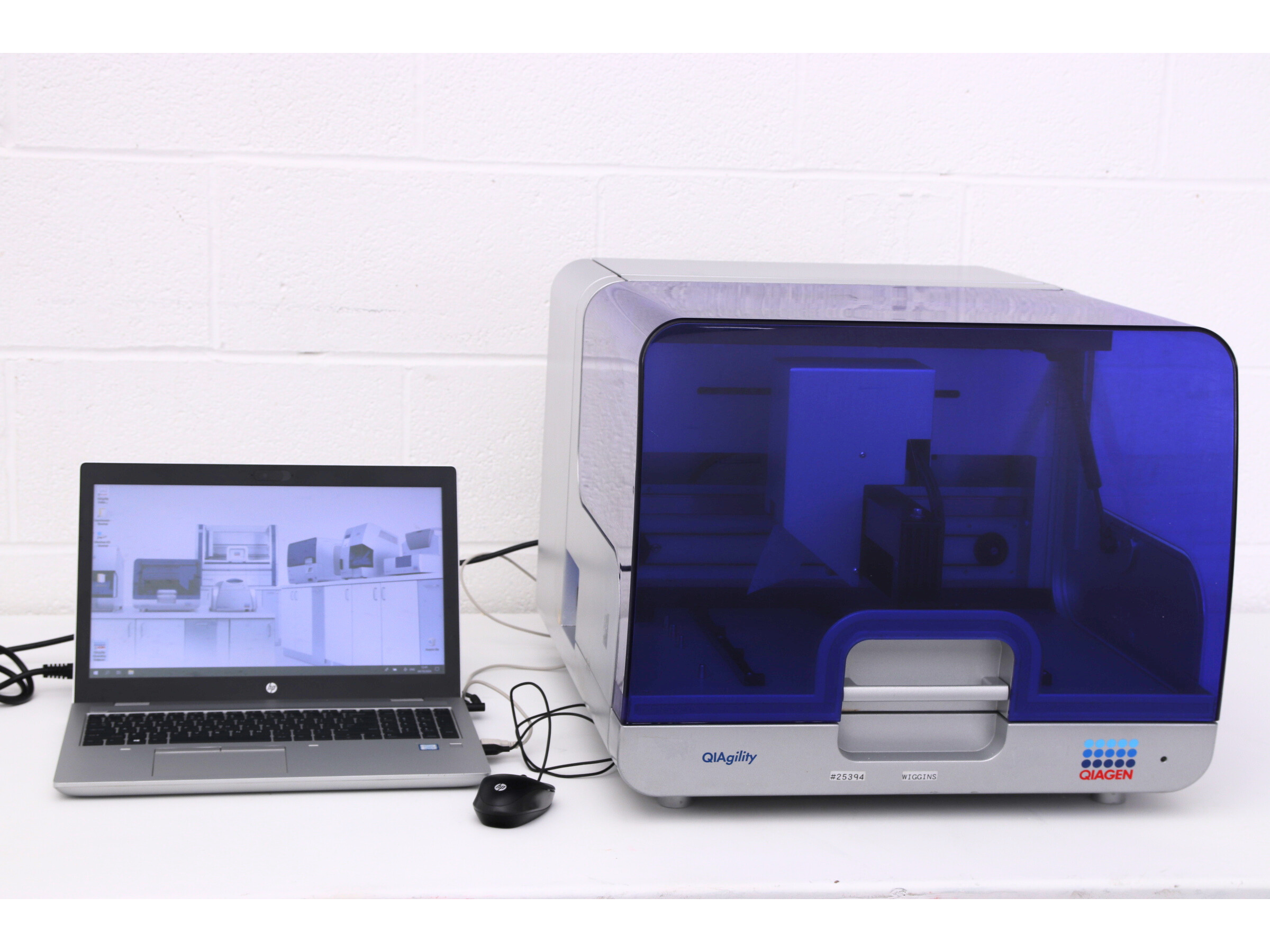What is HPLC, and how does it work?
HPLC stands for High Pressure Liquid Chromatography. Chromatography is the method of separating parts of a mixture based on their affinity to a stationary phase vs a mobile phase. Many people are familiar with the concept of chromatography, having done basic paper chromatography in school science lessons. HPLC uses the same concept, but can be used to separate a great number of analytes. It also has the benefit of allowing identification and quantification of the analytes that are separated.
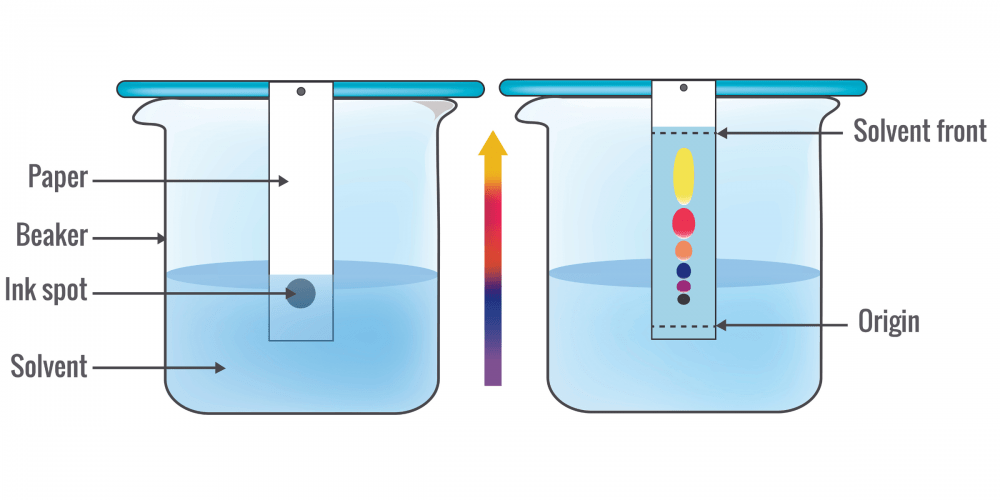
The theory of HPLC is surprisingly simple, though in practice it can take time and experience to become truly competent in HPLC analysis. In short, HPLC systems use a chromatography column – essentially a tube packed with sorbent (the stationary phase). Different components (analytes) within a mixture will have varying levels of attraction to the stationary phase vs the mobile phase. As a result analytes will pass through the column at different rates. A well thought out chromatography method will result in optimum separation of the analytes. This will allow them to be identified and quantified individually.
What are the most common applications for HPLC?
HPLC is a very versatile analytical technique, used for separating different components in a mixture. The components can be identified and quantified reliably without any additional equipment, making it an exceptionally powerful technique.
HPLC is widely used in industrial, environmental, pharmaceutical and food analysis and testing. It is often used alongside other techniques such as FT-IR, in order to check product purity. HPLC is a powerful tool for detection and quantitation of substances and metabolites in blood and urine. Therefore it is ideal for medical diagnosis, medical research, and drugs testing. Within research and development, the possibilities are near endless with HPLC. If an analyte of interest can be dissolved in solvent, it can likely be analysed using HPLC. Common analytes include impurities, drugs, food additives, biomarkers, hydrocarbons, ions and salts.

What are the different parts of an HPLC system?
Since HPLC can be used for such a wide range of applications, it follows that there will be varying configurations for the equipment to best suit the desired outcome. Research into the best setup and method for your analytes of interest is important.
Pump
The pump controls the flow of liquid (mobile phase) through the column. Isocratic pumps are the most basic, using a continuous steady flow to deliver the mobile phase through the column. For more complex methods a gradient pump may be preferred. This allows the user to vary the solvent composition of the mobile phase, providing better separation where there are more (or more complex) analytes within a mixture. Gradient pumps may be binary or quaternary pumps. These are able to mix specified ratios of two or up to four solvents respectively.
Degasser
Not all systems will use a degasser. These units are used (as the name suggests) to remove gases from the solvent. This is particularly useful when mixing solvents, due to outgassing of dissolved gases. These can form bubbles, leading to pressure drops in the column and problems with elution times and peak separation.
Injector
The most basic HPLC systems will use manual injection – simply an injection port near the pump. For labs processing more than a handful of samples, most users will prefer an autosampler. This allows samples to be prepared in advance and run automatically. Manual injection can take a lot of time. As a result, many users prefer an autosampler, even for a small number of samples.

Column
The chromatography column is where analyte separation takes place. There are many options for columns, varying by length and stationary phase composition. Columns are typically chosen specifically for each method, to ensure optimum separation of specific analytes.
Column Oven
Also referred to as a column compartment, the column oven holds the column at a steady, controlled temperature. Chromatography methods can vary the temperature and time ramps. This is done to optimise separation of analytes and reduce the viscosity of the mobile phase.

Detector
Without a detector, there is no way to know when analytes are eluted from the column, or measure what they are. Thus, there are a range of detectors to suit different applications. UV/Vis detectors may be fixed or variable wavelength, depending on the needs of the lab. Diode array detectors allow for simultaneous monitoring of multiple wavelengths; these are great for method development. Similarly, fluorescence detectors can be single or multiwavelength, depending on the needs of the user.
For some users who are looking for a wide range of unknown analytes, it may be necessary to have a more powerful detection method. In this case, HPLC systems can be coupled with additional external detectors such as mass spectrometers.
How can Richmond Scientific support your HPLC analysis?
We have extensive experience building bespoke HPLC systems for our customers. We have prepared options ranging from the most basic systems designed for monitoring one simple analyte, to more complex builds for a wide array of compounds. Our in-house HPLC engineer is highly qualified and able to advise on system requirements. Additionally, he also works on refurbishing and servicing systems and individual units.
Join the conversation. Email harry@richmondscientific.com or find us on social media. Get the newsletter to get more great deals and articles delivered to your inbox weekly
